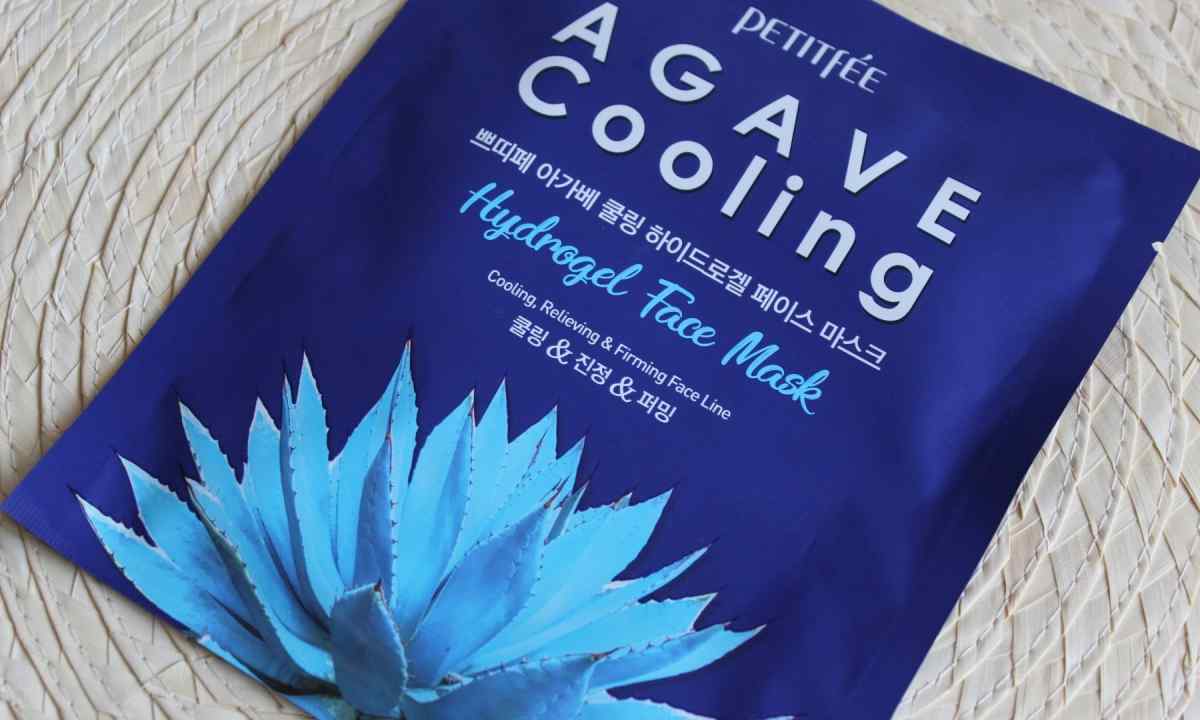Hydrogel for plants is polymer which absorbs water, and then evaporates it. If to plant plants in hydrogel or to add it to the earth, the need in watering because moisture will proceed from polymer will disappear. It is convenient for house plants if the owner leaves for long term, or for garden in the period of drought.
Granules of hydrogel absorb large amount of water: 1 g of polymer absorbs up to 200 g of liquid, and 2 tablespoons – up to 3 l of water. Hydrogel is capable to absorb not only pure moisture, but also nutrients dissolved in it and when it evaporates water, together with it plants are reached also by feed.
Use hydrogel in four main directions:
- As the substance accumulating water which long time gives to flowers the chance to survive without watering.
- As means for prorashchivaniye of seeds or rooting of shanks.
- As way to constantly deliver nutrients to roots of plants.
- As decorative accessory. In this case hydrogel is done multi-colored and fill with it glass tanks, and then plant houseplants there or put svezhesrezanny flowers.
Hydrogel is used also in design, creating with its help graffiti from moss.
Description
Hydrogel is the structured copolymer which part compounds of potassium are (from 18.3% at the Chinese producers, from 21% - at German). Potassium works as potash fertilizer and is in the form convenient for suction by plants.
Hydrogel consists of polymeric chains which have cross and parallel communications that forms polymeric network. When water contacts to polymeric chain, it gets under osmosis action, is involved in molecule of polymer and stored in it. Thus, hydrogel is capable to absorb the huge volume of moisture up to 500 times exceeding curb weight. And then to release 95% of the absorbed liquid.
In dry form hydrogel looks as small granules which quickly inflate in contact with water. Modifications of production of substance different, depending on the application purposes. And if hydrogel is in the earth, roots of plants can get into the granules which have bulked up moisture for several days.
Period of validity of hydrogel in the earth – more than 5 years. When this term comes to end, substance breaks up, emitting ammonium, water and CO2. There are no toxic connections, the neutral indicator of pH, personal protection equipment for work with it is not required from hydrogel. For the soil, plants and people hydrogel is considered safe.
Application
Hydrogel is produced in two forms: soft and dense. Use purposes at each form different.
Soft hydrogel is applied more widely. It is added to soil mixes for houseplants, with its help couch seeds, used during disembarkation of garden cultures, etc. Granules at it the small size, after swelling will become soft, and roots of any, even the weakest plant, will be able to get between granules or in them to receive moisture with nutrients.
Usually, such hydrogel is colourless. For independent application it is not taken, and mix granules with soil substrates not to allow souring of the earth from excess of water or, on the contrary, fast drying. Soft hydrogel, thus, is intended only for garden needs.
Dense hydrogel – more expensive material, granules at it large, have the different form. In structure quite often there are spangles, dyes, rhinestones. To garden needs such hydrogel is not applied, it is suitable for decorative use: decorate with it transparent vases or create florariums with its help.
Dense hydrogel can be applied and as air freshener: granules place in water with essential oils and when it begins to evaporate, will exhale also pleasant smell.
However to mix multi-colored granules of hydrogel before they reach full swelling, it is not recommended. It is better to spread them in different vessels, and to mix after napityvaniye water.

